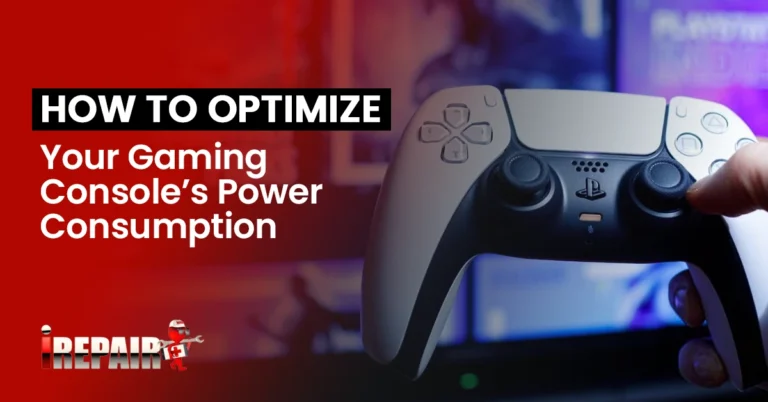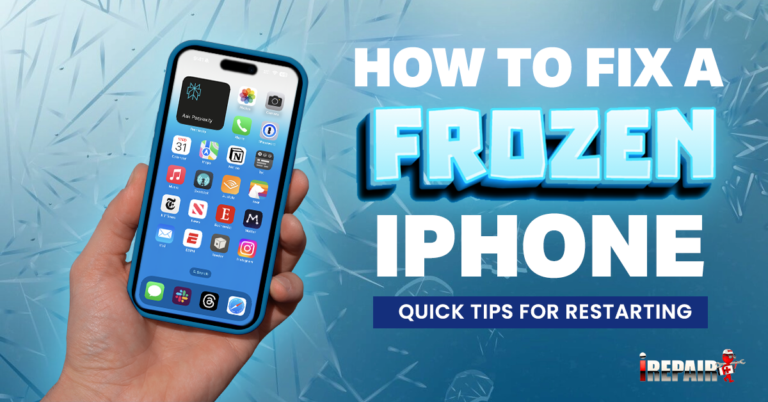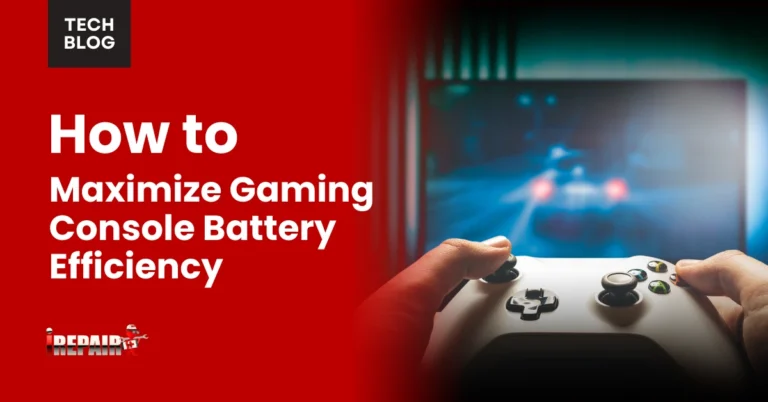Fixing a Cracked Screen and What You Can and Can’t Do
When your screen cracks, assess the damage severity first. For hairline cracks, apply a screen protector or clear nail polish as a temporary fix. You can attempt DIY replacement if you’re tech-savvy, but professional repair is safer for serious damage. Authorized service centers charge $150-300, while independent shops cost 30-50% less. Prevention through quality cases and careful handling remains your best strategy. The following options will help you decide the right approach for your situation.
Assessing the Damage: From Hairline Cracks to Shattered Glass
Before attempting any repairs on your cracked screen, you’ll need to assess the type and severity of the damage. Smartphone screen damage typically falls into three categories: hairline cracks (thin, isolated lines), spider cracks (multiple lines radiating from an impact point), and shattered glass (extensive damage with loose fragments).
Test your device’s functionality by checking if the touch response works properly. Swipe across different areas to identify dead zones. Also, examine if any glass pieces are detaching, as these could cause finger injuries or further internal damage.
For minor cracks with full functionality, temporary solutions may suffice. However, shattered screens with touch response issues usually require professional cracked screen repair tips that won’t help. Remember that water damage risk increases with crack severity, so assess quickly and take appropriate action.
DIY Temporary Fixes That Actually Work
After identifying the extent of your screen damage, you’ll want to know what immediate steps you can take at home. For minor cracks, applying a clear screen protector can prevent further damage by stabilizing the glass and protecting your fingers from sharp edges.
Another effective diy screen fix is using clear nail polish or specialized screen repair adhesive for hairline cracks. Apply a thin layer, let it dry completely, and gently wipe away excess with alcohol.
If functionality is affected, temporary screen fixes like packing tape can work in emergencies, but remove them before seeking permanent repairs, as adhesives can complicate professional service.
Remember, these solutions are stopgaps, not permanent repairs, especially for touchscreen functionality issues or deep cracks that expose internal components.
When to Attempt a Self-Repair Screen Replacement
While temporary fixes can buy you time, replacing the screen yourself might be worth considering if you’re technically inclined and comfortable working with small components. Many DIY screen repair guides are available online for specific phone models, with step-by-step instructions and tool recommendations.
Screen repair at home is generally appropriate when:
- Your warranty has expired
- Professional repair costs nearly match your device’s value
- You have experience with electronics disassembly
- You’ve watched multiple tutorials for your exact model
- You’ve purchased the correct replacement parts
Remember that self-repair risks further damage if you lack experience. Practice on an old device first, and always disconnect the battery before starting. Be prepared to lose data if something goes wrong.
Professional Repair Options and What They Cost
If you’re uncomfortable with DIY repairs or your damage is too severe, professional repair services offer peace of mind and guaranteed results. Authorized service centers typically charge $150-$300 for smartphone screen replacements, while independent shops may cost 30-50% less.
When weighing professional repair vs DIY, consider that technicians use proper tools and genuine parts, preserving device warranty claims. Manufacturer services (Apple, Samsung) cost more, but maintain your warranty and solidify compatibility.
Many repair shops offer same-day service, with some even providing mobile technicians who come to you. Before committing, ask about their warranty policy on repairs and whether they back up your data before servicing. This investment often proves worthwhile compared to risking further damage through inexperienced repairs.
Prevention Strategies to Avoid Future Screen Damage
Once you’ve addressed your current screen damage, your next priority should be preventing the same problem from recurring. Invest in a high-quality tempered glass screen protector and shock-absorbent case with raised edges that protect your screen when placed face down. These simple tools are essential phone maintenance tips that drastically reduce damage risk.
When handling your device, avoid placing it in pockets with keys or coins, and use dedicated compartments in bags. Preventing future screen damage also means being mindful of where you set your phone, never on the edge of tables or uneven surfaces. Consider using PopSockets or phone rings for improved grip during use. Finally, develop the habit of checking your surroundings before removing your phone, especially in crowded or active environments.
Frequently Asked Questions
Can I Trade in a Phone With a Cracked Screen?
You can trade in a phone with a cracked screen, but expect considerably reduced value. Most trade-in programs accept damaged devices, but deduct from the offer amount. Some companies, like Apple and Samsung, have specific policies for cracked screens. Check with your carrier or manufacturer before trading in, as repair might be more cost-effective if the deduction is substantial. Third-party buyback services might also accept damaged phones at various rates.
Will Screen Cracks Spread if Left Unrepaired?
Yes, screen cracks will typically spread if left unrepaired when your phone experiences temperature changes, pressure from normal use, or even minor impacts, existing cracks can extend further across the screen. Small hairline cracks often develop into larger spiderweb patterns over time. To prevent spreading, you should apply a screen protector immediately as a temporary solution, but getting the screen professionally replaced is the best long-term fix.
Does Humidity or Temperature Affect Cracked Screens?
Yes, humidity and temperature can affect cracked screens. Extreme heat can cause the glass to expand, potentially widening existing cracks. Cold temperatures make the glass more brittle and susceptible to crack spreading. High humidity can allow moisture to seep into cracks, damaging internal components or causing condensation under the screen. If you’ve got a cracked screen, it’s best to avoid exposing your phone to dramatic temperature changes or moisture.
Can Screen Damage Void My Phone’s Water Resistance?
Yes, screen damage can definitely void your phone’s water resistance. When your screen cracks, it breaks the factory seal that keeps water out of your device. Even hairline cracks create pathways for moisture to enter your phone’s internal components. You shouldn’t trust any water resistance rating once your screen is damaged, even if the crack seems minor. It’s best to keep your cracked phone away from water until it’s properly repaired.
Will Third-Party Repairs Affect My Phone’s Software Updates?
Yes, third-party repairs can potentially affect your software updates. While most reputable shops won’t cause issues, some manufacturers like Apple have implemented software that detects unauthorized parts and may restrict certain features or updates. You might see warning messages about “non-genuine” components. To maintain full functionality, consider manufacturer-authorized repair centers even though they’re typically more expensive. The good news is that basic system updates usually continue to work regardless of repair history.







